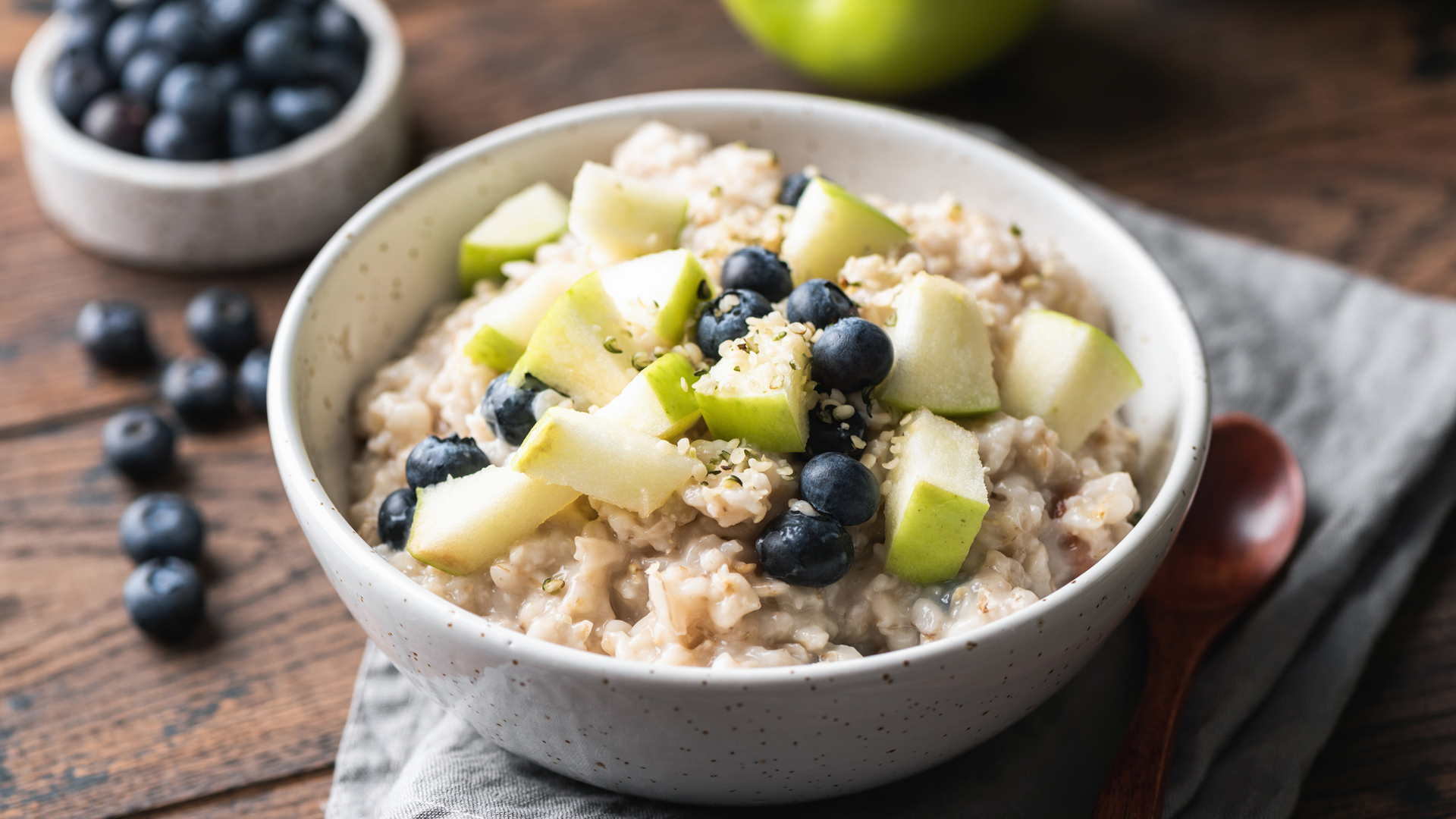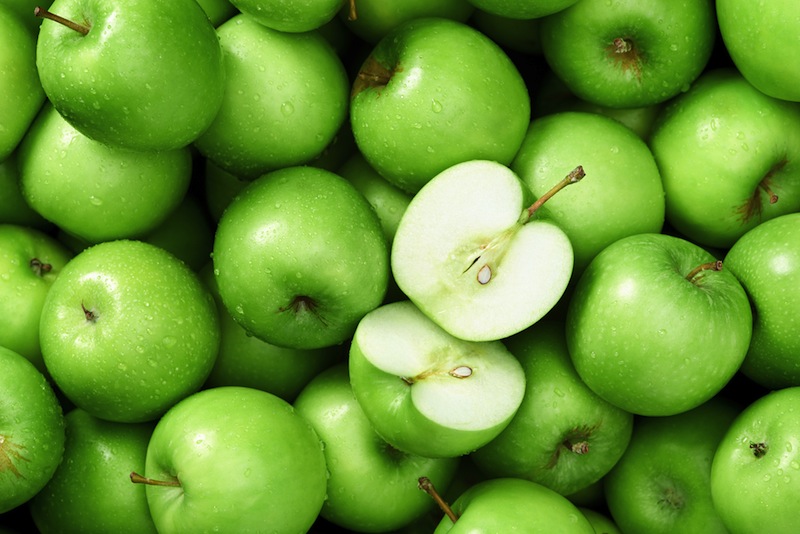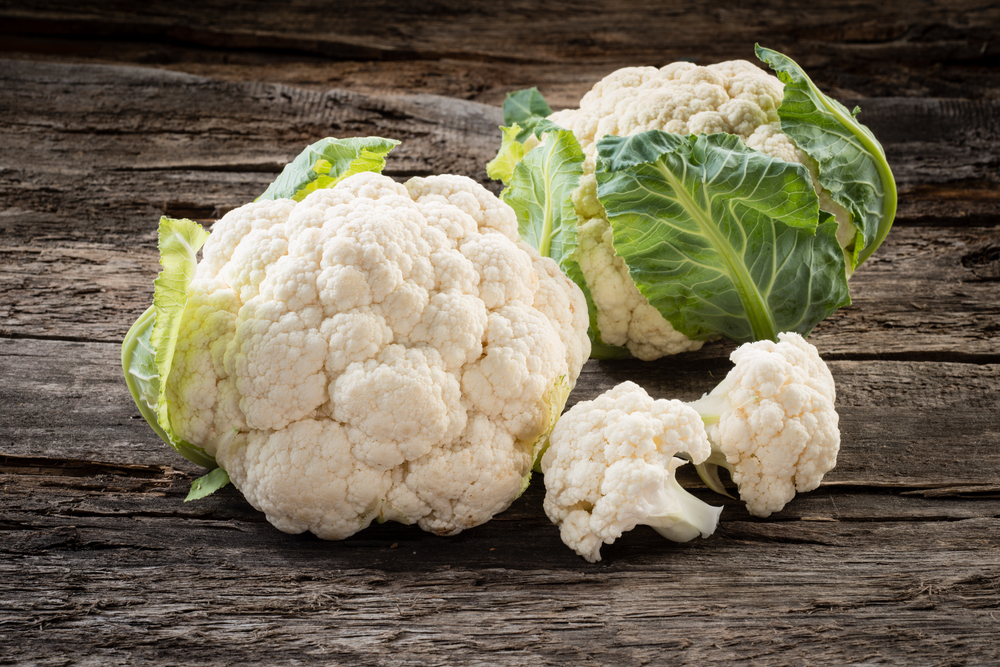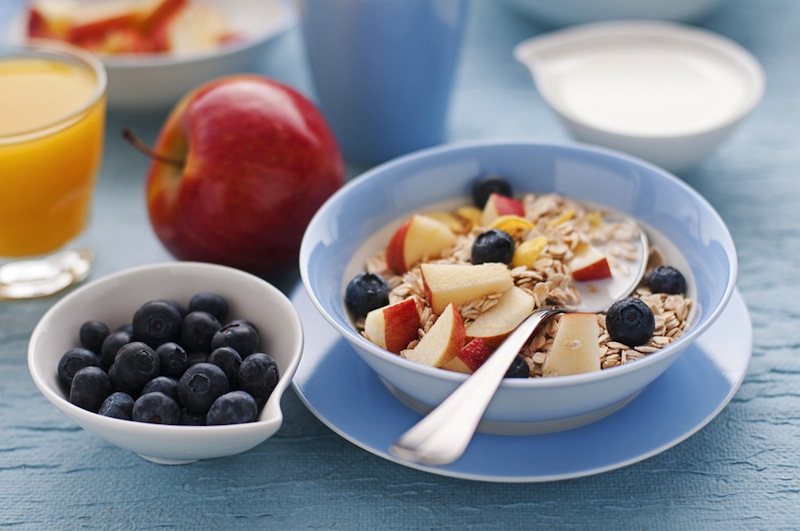What is fiber?
Fiber is vital for healthy digestion. Here’s how it works – and what to do if you’re not getting enough

Dietary fiber – also known as ‘roughage’ or ‘bulk’ - is a type of carbohydrate that the body cannot digest. So unlike other carbs, which are broken down into digestible sugar molecules, fiber passes through the intestinal tract relatively intact.
It’s vitally important that we get enough fiber from our diets, because it helps to support healthy digestion, weight management, blood sugar regulation and much more. It has also been linked to longevity and a decreased risk of cancer.
The term ‘dietary fiber’ refers to the indigestible parts of plant-based foods. According to the Dietary Guidelines for Americans, men aged 50 and under should aim for around 38g of fiber per day, reducing to 30g for those over 50. Women aged 50 and under should get around 25g, reducing to 21g for those over 50. Most Americans do not consume enough fiber, however, with the average intake being just 15g per day.
So how can we ensure we’re getting enough fiber from our diets, and why exactly is it so important for our health? Read on to find out everything you need to know about fiber.
What types of fiber are there?
There are two main types of fiber: soluble and insoluble. Soluble fiber, as the name suggests, is a type of fiber that dissolves in water, becoming a gel-like substance. Insoluble fiber, on the other hand, mostly retains its shape while in the body.
Both soluble and insoluble fibers have important benefits. Soluble fiber is known to help decrease blood glucose (blood sugar) levels because it mixes with digested food, therefore slowing down the absorption of sugar into the blood. It also removes cholesterol in the stool.
Insoluble fiber, on the other hand, speeds up the passage of food through the digestive system. This helps to maintain regularity and prevent constipation. It also attracts water into your stools, making them easier to pass.
Get the world’s most fascinating discoveries delivered straight to your inbox.
Most plant-based foods contain both soluble and insoluble fiber, but the amounts of each vary in different foods.
Good sources of soluble fiber include:
- Beans
- Lentils
- Oatmeal
- Peas
- Citrus fruits
- Blueberries
- Apples
- Barley

Good sources of insoluble fiber include:

Some foods, like nuts and carrots, are good sources of both types of fiber.
What are the benefits of fiber?
Healthy digestion
“Dietary fiber aids in improving digestion by increasing stool bulk and regularity,” said Paige Smathers, a Utah-based dietitian. This is probably fiber’s best-known benefit. Bulkier, softer stools are easier to pass than hard or watery ones, which not only makes life more comfortable, but also helps to maintain colorectal health.
Increasing your fiber intake can also positively impact gut health. Research published in mSystems found that a two week increase in fiber can significantly alter a person’s gut microbiome, including an increase in the species that help to break the fiber down.
Heart health
Fiber also helps to lower cholesterol, says Kelly Toups, a registered dietitian with the Whole Grains Council. The digestive process requires bile acids, which are made partly with cholesterol. As your digestion improves, the liver pulls cholesterol from the blood to create more bile acid, thereby reducing the amount of LDL (bad) cholesterol. A review published in the Journal of Chiropractic Medicine also found that people who consume higher amounts of dietary fiber significantly reduce their risk of having cardiovascular disease.
Blood sugar regulation
A meta-analysis of studies regarding the relationship between fiber and blood glucose (blood sugar) levels published in The Journal of the American Board of Family Medicine found that increased fiber intake can reduce blood glucose levels during the standard fasting blood glucose test (a test of blood sugar levels after an overnight fast).
The article showed that levels of HbA1c also decreased with increased fiber. HbA1c refers to glycated hemoglobin, which occurs when proteins in the blood mix with blood sugar.
Possible cancer prevention
The research has been mixed regarding the link between fiber and colorectal cancer prevention. While the National Cancer Institute asserts that a high-fiber diet does not reduce the risk to a clinically significant degree, a 2011 meta-analysis from the British Journal of Medicine found an association between cereal fiber and whole grain intake and reduced risk of colorectal cancer.
A more recent animal study suggested that fiber might only cause this benefit if a person possesses the right kind and amount of gut bacteria. Fiber naturally reacts with bacteria in the lower colon and can sometimes ferment into a chemical called butyrate, which may cause cancer cells to self-destruct. Some people naturally have more butyrate-producing bacteria than others, and a high-fiber diet can help encourage the bacteria’s growth.
Longevity
According to some scientists, fiber could actually help people to live longer. A meta-analysis of relevant studies published in the American Journal of Epidemiology concluded, “high dietary fiber intake may reduce the risk of total mortality.”
Food allergies and asthma
Research from Monash University suggests that fiber could play a role in preventing food allergies, the existence of which has long puzzled scientists. Again, this theory comes down to the interaction between fiber and bacteria in the gut.
Scientists theorize that people are not producing the right gut bacteria to tackle foods commonly associated with allergies, like peanuts and shellfish. Without the right bacteria, particles of these foods can enter the bloodstream via the gut. Fiber helps produce a bacterium called Clostridia, which helps keep the gut secure.
The same reasoning explains why fiber might help people with asthma. Unwanted particles escaping the gut and entering the bloodstream can cause an autoimmune response like asthmatic inflammation. An animal study published in Nature Medicine found that mice eating a high-fiber diet were less likely to experience asthmatic inflammation than mice on a low- or average-fiber diet.
Should you take a fiber supplement?
People struggling to get enough fiber in their diets often turn to supplements. While Smathers reported that supplements are not as good as fiber from whole foods, fiber supplements can be helpful for people looking to regulate their bowel movements or who suffer from constipation. They also have the same cholesterol-lowering and blood sugar stabilization effects — if you can get enough of them.
However, a supplement does not carry nearly as much fiber as a fiber-rich food like lentils or peas, so merely sprinkling powder on your yogurt will not have quite the same effect.
Furthermore, fiber-rich foods are wildly high in other vital nutrients, which you won’t get if you add supplements to nutritionally void foods.
Fiber supplements can interact with certain drugs, like aspirin, carbamazepine and warfarin. They can also cause bloating and gas — just like the real thing.
- Related: Should vegans take supplements?
- Related: Is fiber good for weight loss?
How to eat a high-fiber diet
In order to get all the benefits of fiber, many people adopt a high-fiber diet. When incorporating more fiber into your diet, start slowly, adding 5g a day for two weeks, the University of Michigan recommends. If consumed too fast or in excess, fiber can cause bloating, cramps and even diarrhea. Let your body get used to having more fiber.
The University of Michigan also advises balancing non-caffeinated drinks with caffeinated ones. Because caffeine is a diuretic that causes loss of fluids, adding excess caffeine to a high-fiber diet can cause constipation. Aim for two cups of non-caffeinated fluids for every cup of caffeinated ones.
Smathers recommended the following tips for a successful high-fiber diet:
- Add fruit (especially berries) to every meal.
- Start the day with bran cereal or oatmeal and berries.
- Add beans or legumes to a lunchtime salad or soup, or have a bean or lentil burger rather than one with meat.
- At dinner, add high-fiber vegetables like broccoli, corn and turnip greens to meat sauces. Combine with whole-wheat pasta or brown rice.

Should you ever follow a low-fiber diet?
Sometimes, medical situations require people to adopt a low-fiber diet, at least for a time. Those undergoing chemotherapy, radiation or surgery often need to give their intestinal tract a rest, according to the University of Pittsburgh Medical Center. People suffering from Crohn’s disease, diverticulitis, inflammatory bowel disease and ulcerative colitis often maintain a low-fiber diet for a longer time.
People on a low-fiber diet should avoid high-fiber foods that make the intestinal tract work harder, like legumes, beans, whole grains and many raw or fried vegetables and fruits, according to the National Institutes of Health (NIH). Refined grains, many cooked vegetables and ripe melons, peaches, plums, bananas and apricots are still okay. But also avoid spicy foods, fried foods, tough or processed meat, caffeine, cocoa from cocoa powder and nuts.
Additional resources
Jessie Szalay is a contributing writer to FSR Magazine. Prior to writing for Live Science, she was an editor at Living Social. She holds an MFA in nonfiction writing from George Mason University and a bachelor's degree in sociology from Kenyon College.
- Alice BallEditor


